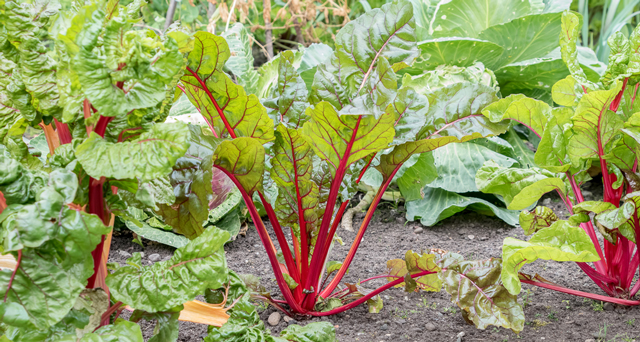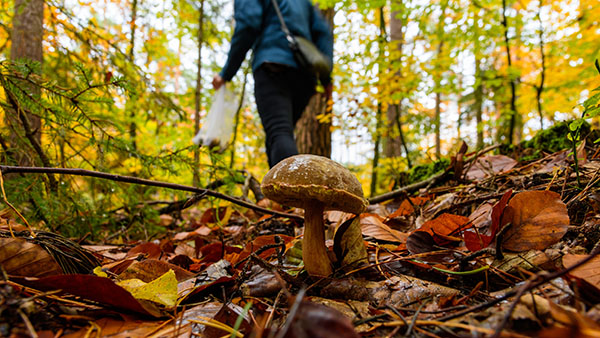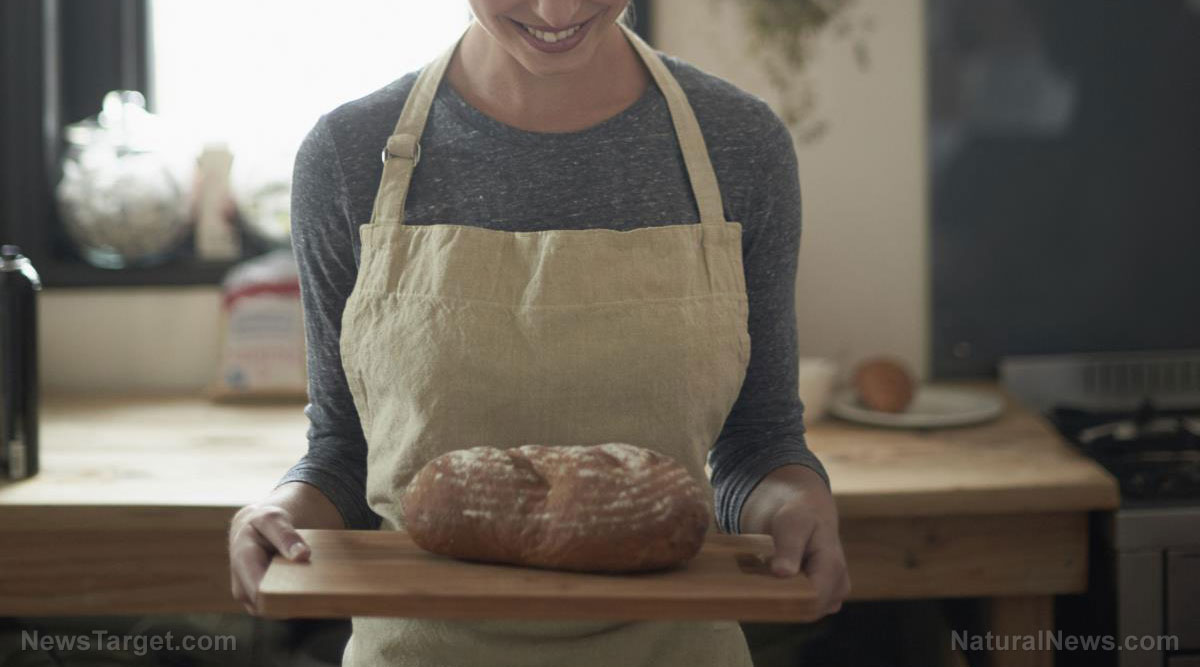
Preparation for planting rhubarb
Rhubarb needs the right season and location to grow properly. Before planting anything, you should first select an area that has fertile, well-drained soil. If the soil does not drain well, you can use raised beds or large containers to keep the roots of your rhubarb from becoming waterlogged. Ideally, you should also pick a spot that gets at least five hours of daylight exposure. Eliminate any perennial weeds in the area. Since rhubarb is classified as a cool season perennial, the best times to plant your rhubarb is during the seasons of early spring and fall. For beginner gardeners, it is recommended to start with year-old rhubarb crowns, since the seeds will take a very long time to grow before they are ready to be harvested. Once the season is right and you have selected your planting area, then you are ready to plant your rhubarb. (Related: Plant These 10 Perennial Fruits and Vegetables for Years of Delicious Harvests.)
- Mix compost, rotted manure, and other organic matter into your soil. The manure should not be fresh, otherwise its high nitrate content can kill your rhubarb.
- Dig large bushel-basket sized holes that are around two to four feet apart. The wider the spacing, the better the airflow around your rhubarb plants, especially if you live in a humid area.
- Plant your year-old rhubarb crowns around two inches below the surface of the soil.
Caring for your rhubarb plants
One of the biggest concerns when growing rhubarb is keeping your planting area weed-free. As long as your rhubarb do not compete with any weeds, they should remain protected from pests and diseases.
- Discourage the growth of weeds by mulching your rhubarb plants generously with heavy layers of straw, leaves, cow manure, and other organic matter. This also helps in retaining moisture and providing nutrients for your rhubarb.
- Water your rhubarb regularly, especially during the summer. Take care to give them just enough water – waterlogged roots will rot, while dehydrated stalks will be tough and bitter.
- After the first frost, fertilize your rhubarb plants with a high-nitrogen fertilizer, such as rotted manure. Do not use chemical fertilizers or fertilizers that are rich in nitrates.
- Remove seed stalks and flower stalks as soon as they appear. These can keep your plant from producing leaves if they are left intact.
- Dig up your rhubarb and split their roots once every three to four years. This should be done when they are dormant during the early spring or fall.
Harvesting your rhubarb plants
When harvesting your rhubarb plants, remember that only the stalks are edible, since the leaves are poisonous. Moreover, your plants should not be harvested during the first growing season. Instead, they should be harvested after they are around three years old, once they have become established. You'll know the stalks are ready once they have grown 12 to 18 inches long and are not too thin.
- Firmly grasp the base of the stalk.
- Gently twist the stalk and pull it away from the plant.
- Make sure your rhubarb can continue producing by leaving behind at least two stalks per plant.
- Remove the poisonous leaves.
- Remove any remaining plant debris.
Your delicious rhubarb stalks can then be made into rhubarb pies, jams, pudding cakes, and other recipes.
Sources include:
Please contact us for more information.























